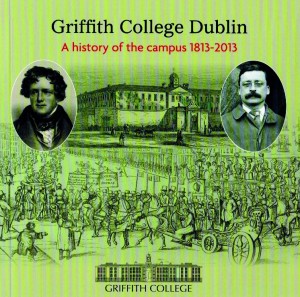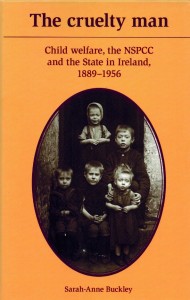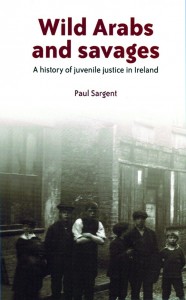BOOKWORM
Published in Issue 3 (May/June 2014), Reviews, Volume 22The 2014 Kenmare Chronicle: your town, your community, your history.
Irish heart, English blood: the making of Youghal
(History Press Ireland, ?18 pb, 224pp, ISBN 9781845888220).
Medieval and monastic Derry: sixth century to 1600
(Four Courts Press, ?24.95 hb, 176pp, ISBN 9781846823831).
Thomas Clarke
(O’Brien Press, ?12.99 pb, 272pp, ISBN 9781847172617).
Seán MacDiarmada
(O’Brien Press, ?12.99 pb, 352pp, ISBN 9781847176530).
Laurence O’Neill (1864–1943), lord mayor of Dublin (1917–1924): patriot and man of peace
(Four Courts Press, ?45 hb/?24.95 pb, 296pp, ISBN 9781907002137).
Griffith College, Dublin: a history of the campus, 1813–2013
(Griffith College, no price, 92pp, ISBN 9781906878078).
Politics and war in Meath, 1913–23
(Meath County Council, ?15 pb, 357pp, ISBN 9781900923262).
The Black and Tans in North Tipperary: policing, revolution and war, 1913–1922
(Untold Stories, ?22.50 pb, 492pp, ISBN 9781901370454).
The cruelty man: child welfare, the NSPCC and the state in Ireland, 1889–1956
(Manchester University Press, £75 hb, 272pp, ISBN 9780719087660).
Wild Arabs and savages: a history of juvenile justice in Ireland
(Manchester University Press, £65 hb, 256pp, ISBN 9780719089169).
Irish homes and Irish hearts
(UCD Press, ?20 pb, 286pp, ISBN 9781906359733).
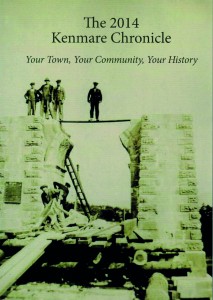
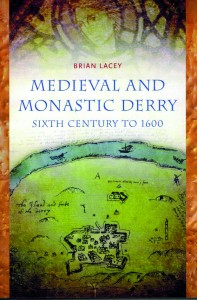
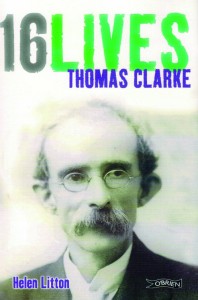
Bookworm was intrigued recently to come across The 2014 Kenmare Chronicle: your town, your community, your history (no details given). Described on the inside cover as ‘a social history of Kenmare, by the people of Kenmare, compiled by Simon Linnell’, it is packed full of information on a diverse variety of topics. Given the centenary year that’s in it, considerable space is given over to Kenmare men who fought in the First World War. Readers may be surprised to hear that alongside this sombre subject there is also an article on Felix the Cat, the brainchild of Sydney-born Patrick O’Sullivan, whose father hailed from Kenmare. It’s as good a reason as any for Felix to make his way into the pages of this extremely well-illustrated large-format production, which deserves a wide audience. Considering that it began life as a Facebook page, it could well be a model for community history pro-jects around the country. To obtain a copy, contact the project at https://www.facebook.com/pages/Kenmare-Chronicle/.
Sticking to the south coast, readers of our Jan./Feb. 2014 issue may recall Michael Twomey’s ‘platform’ piece, in which he dissected the rather questionable decision to grant Youghal a ‘Raleigh quarter’ in memory of the eponymous Sir Walter. The facts of the matter can be explored in his Irish heart, English blood: the making of Youghal, which looks at the history of the east Cork town with a particular focus on the early modern period. Colonisation and upheaval loom large; as Twomey puts it in his epilogue, ‘the micro-history of Youghal, particularly from the latter 1500s to the latter 1600s, is also the macro-history of Britain and Ireland and vice versa’.
Moving from the south to the north, another local study that deals with a rather different (though not entirely separate) set of themes is Brian Lacey’s Medieval and monastic Derry: sixth century to 1600. Discussions of the name Derry/ Londonderry often give the nod to the fact that ‘Derry’ is derived from daire, the Irish name for an oak wood or grove. This hints at a much older history than that of the seventeenth-century city that bears the name (or, in the interests of fairness, only partially bears it). Lacey’s book is an exploration of the millennia that preceded it, working back from Sir Henry Docwra’s discovery of a ruined church in 1600 to reveal the history of the monastic settlement that existed there from the sixth century onwards, and which became bitterly contested amidst the dynastic politics of Gaelic Ulster long before Docwra and Co. pitched up there.
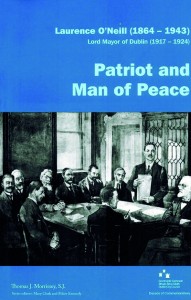
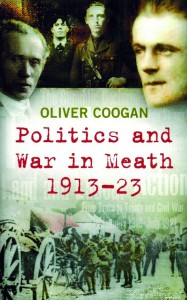
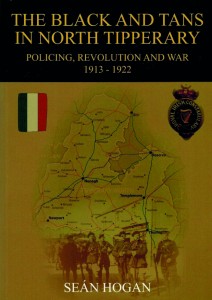
Following on from our review of Angus Mitchell’s biography of Roger Casement elsewhere in this issue, two of the more shadowy but significant figures of the Easter Rising emerge into the light in the latest instalments of the O’Brien Press ‘16 Lives’ series: Helen Litton’s Thomas Clarke and Brian Feeney’s Seán MacDiarmada. Pearse, Connolly and Casement are the most eye-catching of those executed after the Easter Rising, but the event could not have happened without the machinations of Clarke and, above all (as Feeney argues), MacDiarmada. A biography of a very different individual active in the revolutionary period is Thomas J. Morrissey SJ, Laurence O’Neill (1864–1943), lord mayor of Dublin (1917–1924): patriot and man of peace. O’Neill, a constitutional nationalist, was wrongly imprisoned after the Rising, an experience that gave him considerable empathy with republicans. This is the second in an ongoing series being published by Dublin City Council as part of its ‘Decade of Commemorations’ programme. Another, less well-known Dublin institution with a claim on the centenaries is Griffith College on Dublin’s South Circular Road, and its history is traced in John Dorney’s Griffith College, Dublin: a history of the campus, 1813–2013. The building began life as the Richmond bridewell; amongst its prisoners were Daniel O’Connell after his abortive 1843 ‘monster meeting’ in Clontarf and a raft of senior Young Irelanders (such as William Smith O’Brien) and Fenians (such as James Stephens). At least two executions took place there. It was converted into Wellington Barracks in 1893 and was the venue for a wide range of incidents throughout the revolutionary period. It was finally vacated by the Defence Forces in 1988, to be converted to its current use. This attractive and engaging history can be downloaded free at http://www.gcd.ie/griffith-college-campus-200th-anniversary/.
Meath County Council have republished the late Oliver Coogan’s Politics and war in Meath, 1913–23, originally published in 1983 and now available in a handsome new edition. Seán Hogan’s The Black and Tans in North Tipperary: policing, revolution and war, 1913–1922 is an impressively scholarly book, notable for paying particular attention to the oft-neglected perspective of the RIC, whose reports are a source of great value for understanding the revolutionary period. The author is better known in recent times as the chair of the National Emergency Co-ordination Group, which dealt with the devastation wrought by the recent winter floods and storms.
Manchester University Press has in recent years become the venue for some very impressive Irish scholarship. It continues the trend with two related works from young scholars. Sarah-Anne Buckley’s The cruelty man: child welfare, the NSPCC and the state in Ireland, 1889–1956 examines the NSPCC in relation to the treatment of poor children by the state, a crucial element of which is the subject of Paul Sargent’s Wild Arabs and savages: a history of juvenile justice in Ireland. These two studies provide significant, if often disturbing, contributions to the question of juven-ile institutionalisation in Ireland, especially in Borstals and industrial schools, along with related issues of class prejudice, youth culture and criminalisation. The systems of detention that have been the subject of justified scrutiny in Ireland over the past two decades originated under British rule but were perpetuated after independence; the systems were not deemed to be broken and thus didn’t need to be fixed. Buckley and Sargent illustrate the grim continuity that straddled the creation of the Free State in 1922, while a nineteenth-century perspective (by no means uncritical) on such institutionalisation is provided in one of the latest in the UCD ‘Classics of Irish History’ series: Frances Taylor’s Irish homes and Irish hearts (1867), edited by Mary McAuliffe.
